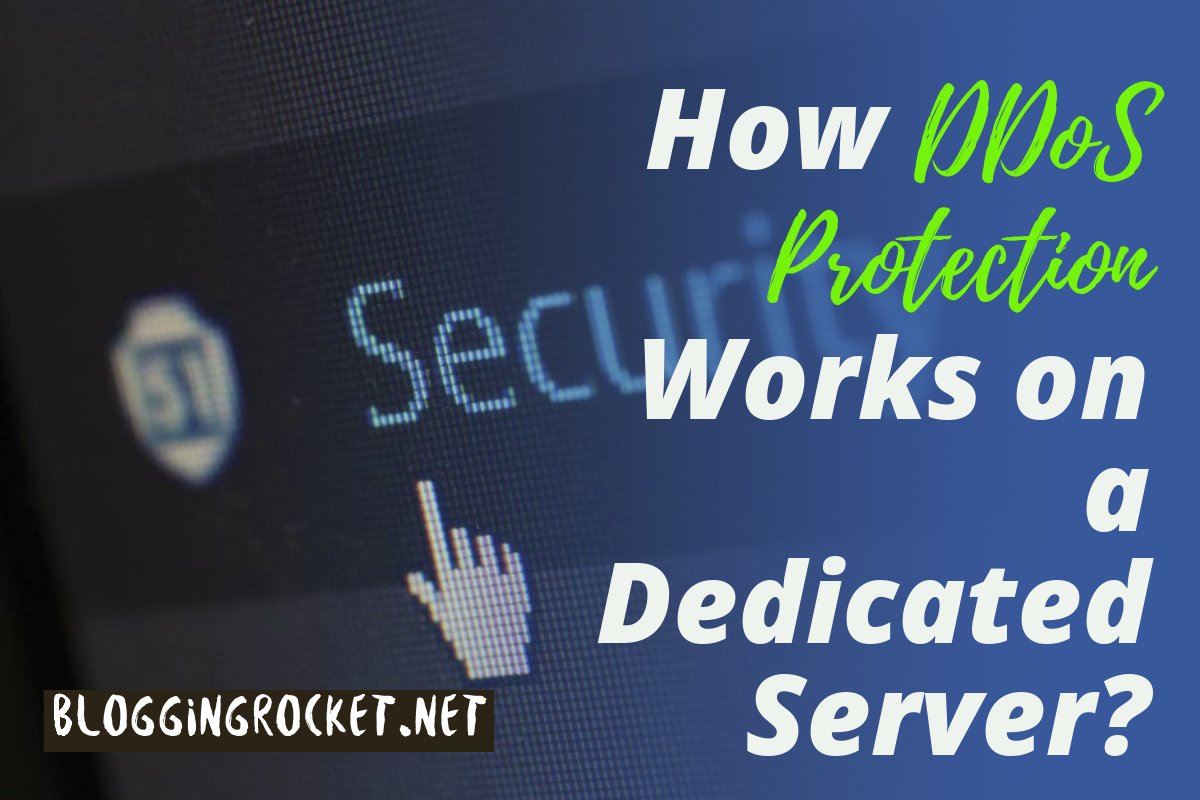It seems as though there are seemingly endless threats on the Internet today. From phishing schemes to data breaches and everything in between, website administrators always have some new threat to worry about and defend themselves against. And these days, having a secure site is more important than ever, as falling victim to a data breach or other type of attack can have a majorly negative impact on your reputation.
In recent years, one specific type of threat has unfortunately become increasingly common: the distributed denial of service attack—also known as a DDoS attack. As a website owner and/or administrator, it is more important than ever to be aware of how these attacks work and what options you have to protect your site and servers from these types of threats. In doing so, you can reduce your risk of falling victim.

What is a DDoS Attack, Anyway?
When a distributed denial of service (DDoS) attack is launched, a large amount of illegitimate web traffic is directed to the target website. This “fake” traffic then floods the website’s servers and has the potential to either slow down the site’s operation or even take down the servers altogether. The size of a DDoS attack can vary greatly, but they are usually measured in gigabits per second. For reference, “smaller” attacks generally range from 1-10 gigabits per second, whereas some of the largest DDoS attacks that have ever been recorded have been clocked in at literally hundreds of gigabits per second. These massive attacks have been enough to bring down servers for some of the largest and otherwise most secure sites in the world, including the United States Library of Congress’ servers.
There are a few different types of DDoS attack, though they all essentially operate on the same principle of flooding a website’s servers with fake traffic to the point of overwhelming them. The main differences between various types of attacks lie in the method of execution used by the attacker. Some of the different types of DDoS attacks include:
- Amplification Attacks
- Extortion Attacks
- Zero-day Attacks
DDoS attacks can also be launched in a number of ways, some that are easier to find than others. And unfortunately, the average sizes of DDoS attacks have increased substantially over the last few years and will likely continue to do so in the future. This means that it is now more important than ever for website owners and administrators to take proactive measures to protect themselves against these types of attacks. After all, it doesn’t matter how large your site is or how much traffic it sees on a regular basis; no website or server is completely immune to the possibility of a DDoS attack. This has been evidenced time and time again as even some of the largest sites and servers in the world have been affected by these calculated attacks.
It is also important to understand the difference between a DDoS attack and an unintentional denial of service. The latter can occur at any time due to a sudden increase in popularity for a site—yet there is nothing malicious about it. For example, a site whose servers normally don’t see much traffic on a daily basis may suddenly be flooded with traffic unexpectedly when the site spikes in popularity. When this happens, the sudden influx of legitimate traffic to the site can cause the servers to go down or cause other types of accessibility problems with the site itself. While the concept here is similar, this is not a web attack and should be treated differently by website administrators and web hosting companies.
How Does DDoS Protection Work?
The good news is that as DDoS attacks have become an increasingly common threat, more hosting companies have begun to recognize and address the need for a greater level of protection against these attacks. Specifically, most hosting companies these days now offer some options when it comes to DDoS protection services. Some even include free standard DDoS protection for smaller threats (such as those up to 20 gigabits per second) as part of their monthly subscription fees on dedicated servers. From there, website owners and administrators have the option to purchase additional protection for larger attacks as needed or desired.
So, how does this type of DDoS protection work, anyway? It can be helpful to think of DDoS protection servers as an added barrier between your site’s servers and potentially malicious or fake web traffic. When a DDoS attack is launched against a site with adequate DDoS protection in place, the “fake” traffic is essentially filtered out and never actually reaches the server itself. As a result, the servers aren’t affected by the attack because fake traffic is blocked instantly, while legitimate web traffic is able to continue through to the site’s server without issue or delay. This type of protection is ideal for preventing issues associated with standard DDoS attacks without affecting the ability of real site visitors to use the site normally. This type of protection is generally referred to as blackholing or sinkholing and is the most commonly used form of defense against a DDoS attack. Some other potential types of defense include:
- Routers
- Switches
- Upstream Filtering
How to Secure Your Server From a DDoS Attack
The best way to secure your dedicated server and protect it from a DDoS attack is to make sure you have the right level of DDoS protection in place as part of your hosting plan. Start by exploring the options available to you through your web host. Ask about free standard DDoS protection or switch to a web host that offers affordable protection to suit your needs. You should also be aware of how much DDoS protection your server is likely to need. While it’s impossible to predict exactly what size attack your site could fall victim to, there are some ways to go about determining approximately how much protection you should have in place. For example, if you run a smaller site that doesn’t typically see much in the way of substantial traffic, you may be at less of a threat and therefore be able to get away with less protection. You may even be able to get by with the basic, standard protection provided by your web hosting company.
On the other hand, it’s always better to be safe than sorry; if you can afford to spend a little more each month on additional DDoS protection, then do so. You’ll never be sorry to have more protection than you need, but you will regret falling victim to a DDoS attack and suffering significant server downtime because you failed to purchase the proper level of protection. It typically doesn’t cost much per month to add more protection against larger attacks—and when you consider the fact that the average DDoS attack is only getting larger in size, it makes sense to purchase a little bit more than you realistically think you might need. This is especially true if you run a website that has been spiking in popularity or seeing a recent increase in web traffic, as this alone could make you a larger target.
Keep in mind that your web hosting company may also be able to assist you in determining how much DDoS protection your site needs, so don’t hesitate to reach out for guidance. While DDoS protection through your web hosting company isn’t the only option for defending against a DDoS attack (firewalls, for example, can also be effective), it is one of the best options for most websites.
Recognizing the Signs of a DDoS Attack
In addition to having the right level of DDoS protection in place on your site, it’s also a good idea to be aware of some of the common signs of a DDoS attack so that you can act quickly if an attack is launched against your site. By acting quickly, you may be able to mitigate any damage or avoid server downtime altogether.
The most common “red flag” to watch out for that could indicate an active DDoS attack is that of slow page load times or an inability of users to access your site. Unfortunately, this is usually something you’ll need to rely on your website visitors to report to you, as you may still be able to see and access your site normally as the site administrator, despite an active attack. This is where leaving the lines of communication open to your regular site users is so important; make sure they have a way to contact you outside of your website. This may mean having an active social media page, for example, where users can report site problems as needed. If you receive a report that your site is down or that page load times are slow, take it seriously. Report these kinds of issues to your web hosting company as soon as possible so that things can be investigated further.
Overall, DDoS attacks are a very real threat to all websites and web servers—including dedicated servers. A well-executed attack can easily take servers down for a substantial period of time and tarnish the reputation of the site itself. Fortunately, there are steps website admins can take to protect themselves and reduce their risk of falling victim to a DDoS attack. By purchasing the right level of DDoS protection through one’s web host and by being aware of the common signs of a DDoS attack, it is possible to avoid a lot of the major fallout from this type of threat.

